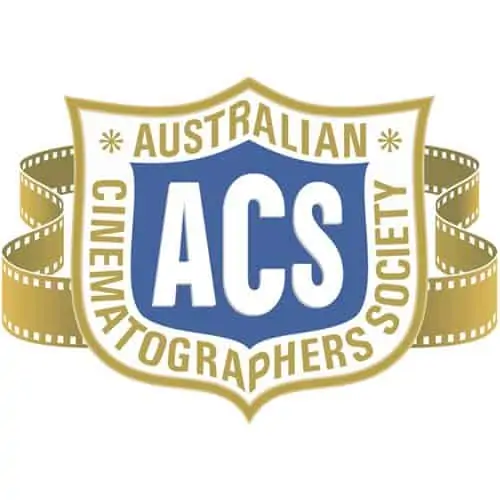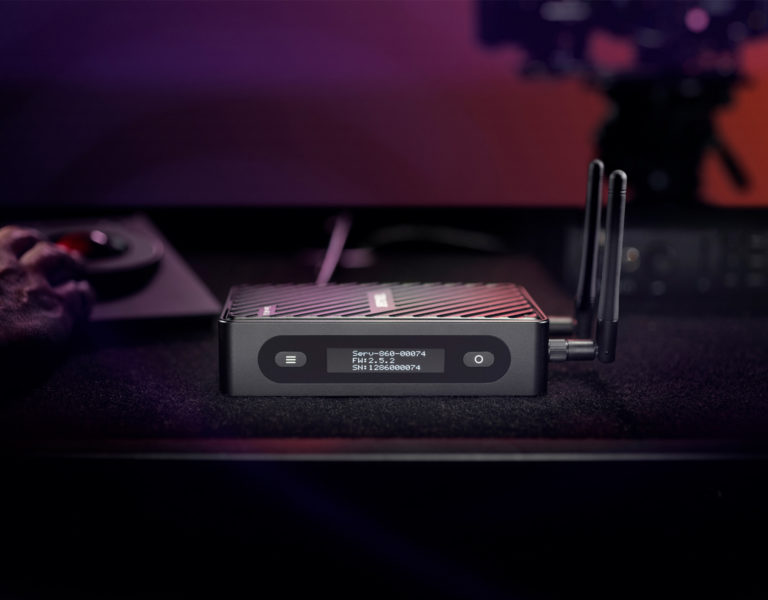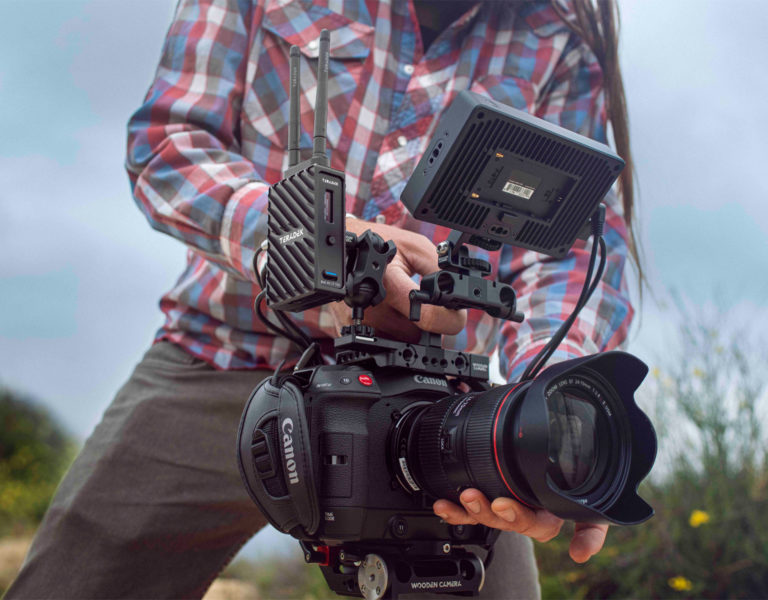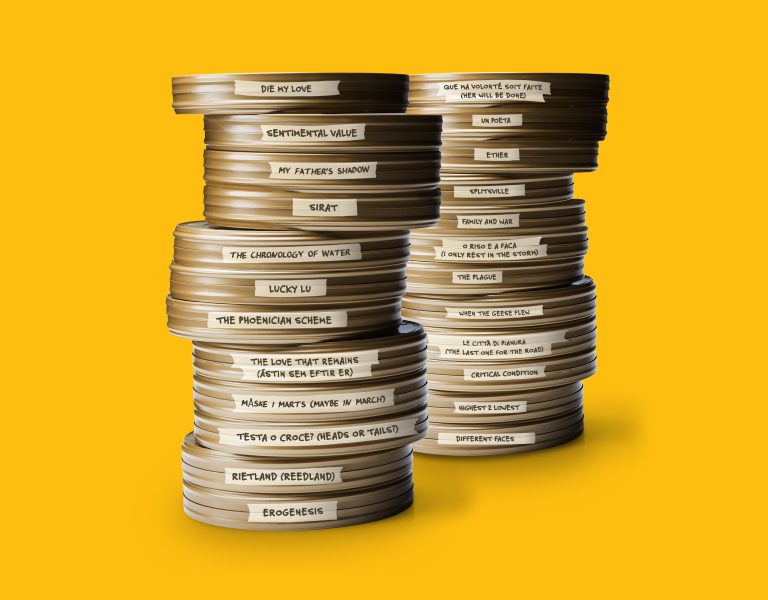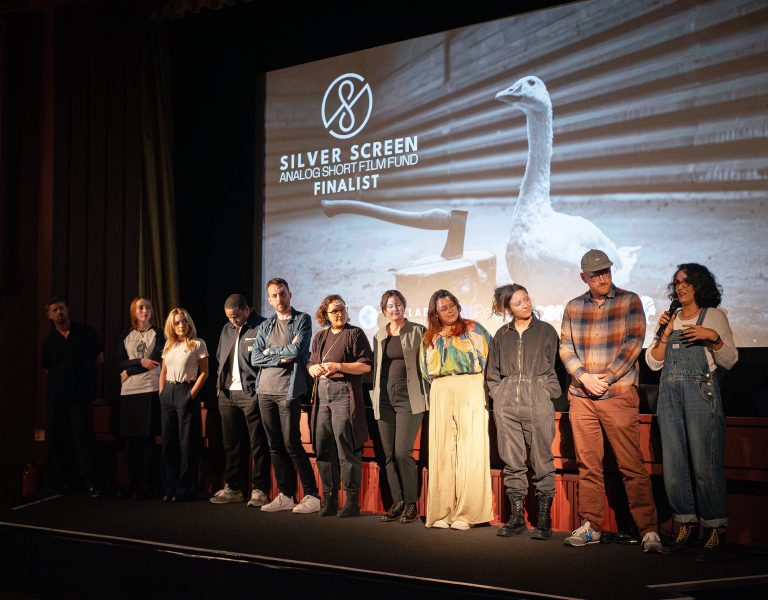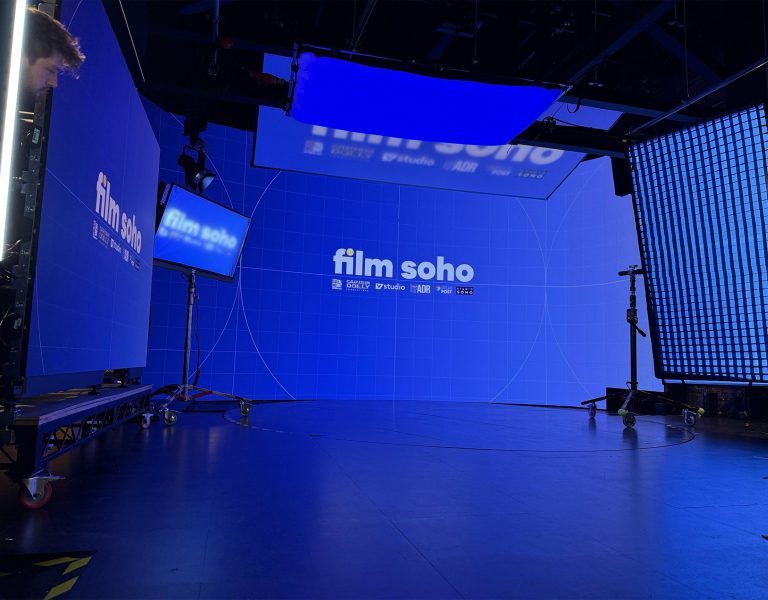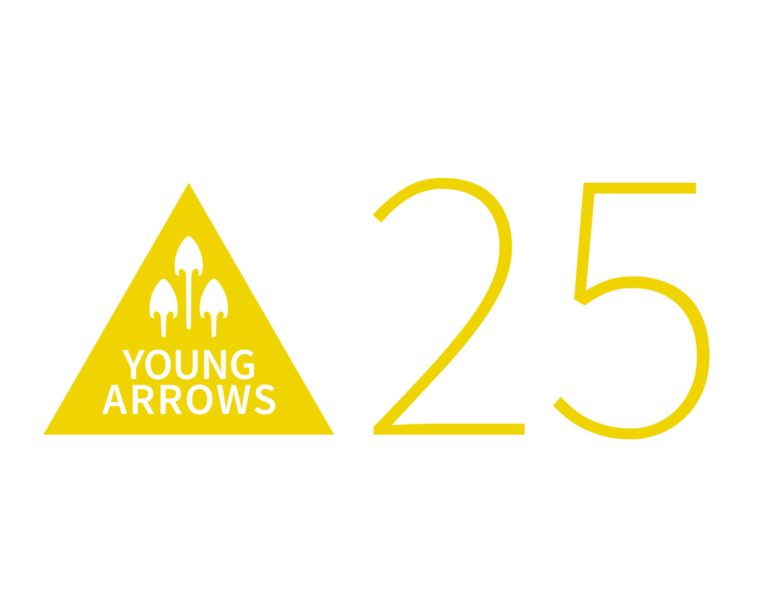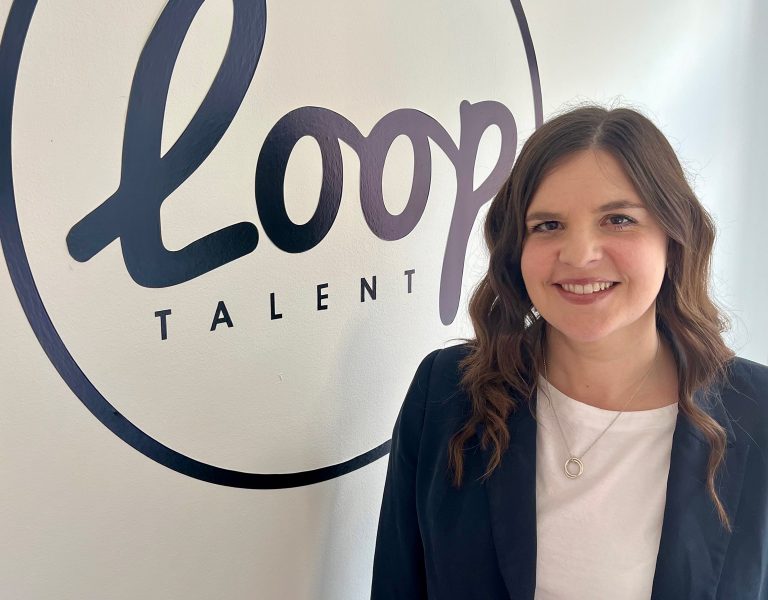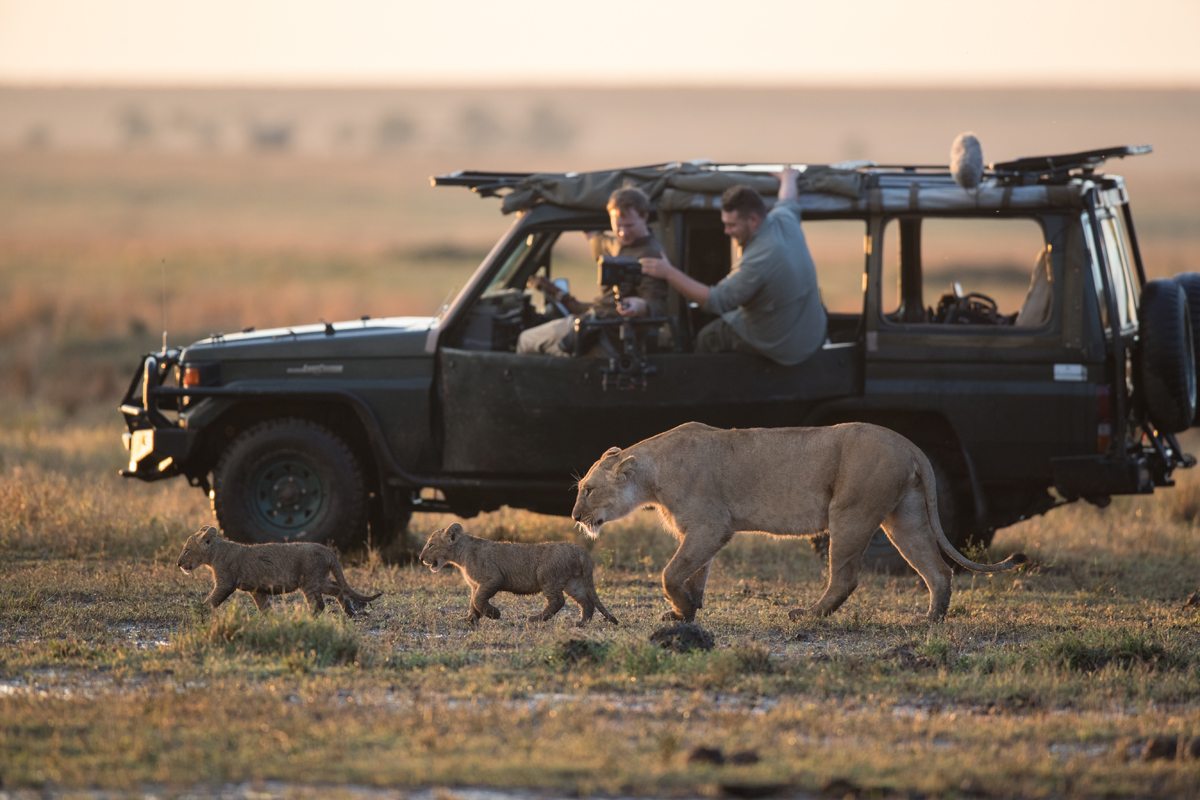
Filming big cats in Kenya isn’t easy. They don’t follow cues or take direction. So catching the action, focussing and framing each shot is paramount, and cinematographers really need to see what’s going on in bright sunshine.
Abraham Joffe ACS, Australian Cinematographer Of The Year for 2017, turned to the Atomos Shogun monitor recorders with their daylight-viewable, high brightness-screens for his latest project. Every Flame and Inferno series recorder has a seven-inch display with 1500 nits of brightness.
“In my opinion Atomos is the best screen on the market and it’s a piece of kit that would stay in my bag wherever I go,” Joffe says. “When we are out in the African bush we are often in pretty strong light. Even without a hood I could see what was going on the screen.”
Another key feature proved to be the peaking function. “Getting focus is critical, so the ability to have a really strong peaking mode with different colours was fantastic,” he says. It’s so good, in fact, that his team “often just rely on the screen, not even looking at the camera’s viewfinder.” In addition to peaking, the recorders also have the ability to magnify the image to check focus.
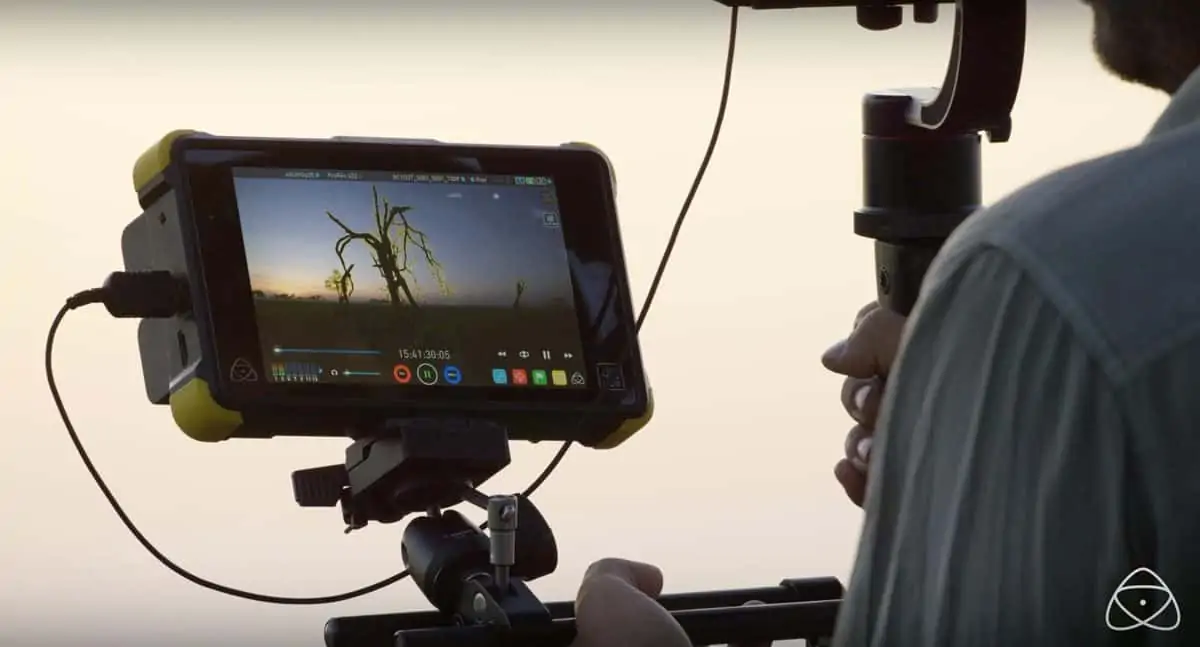
LUTs have become a common way of previewing how finished footage will appear when graded with different looks. Although Joffe likes “to record as flat as possible” he appreciates the ability to apply a LUT, “which gives you very good control over your exposure.” The Atomos Inferno and Flame series have a bank where up to eight LUTs can be preloaded for rapid preview. Hundreds more can be loaded at any time if placed on the SSD.
Joffe made full use of the higher quality recording offered by the Shogun recorder. “We ran 4K into these screens every single day. I record in a ProRes 4:2:2 10-bit stream to SSD. What I love about the SSDs is that they are relatively inexpensive and super-fast so we could dump the footage back at camp and it offloaded very, very quickly,” he says.
Being able to playback recorded material instantly to show directors, producers and crew was also a key attraction of the Atomos devices for Joffe. “It can be a very bonding and motivating experience to look at footage straight after it’s shot,” he explains. “That is an added feature that is invaluable to me.”
